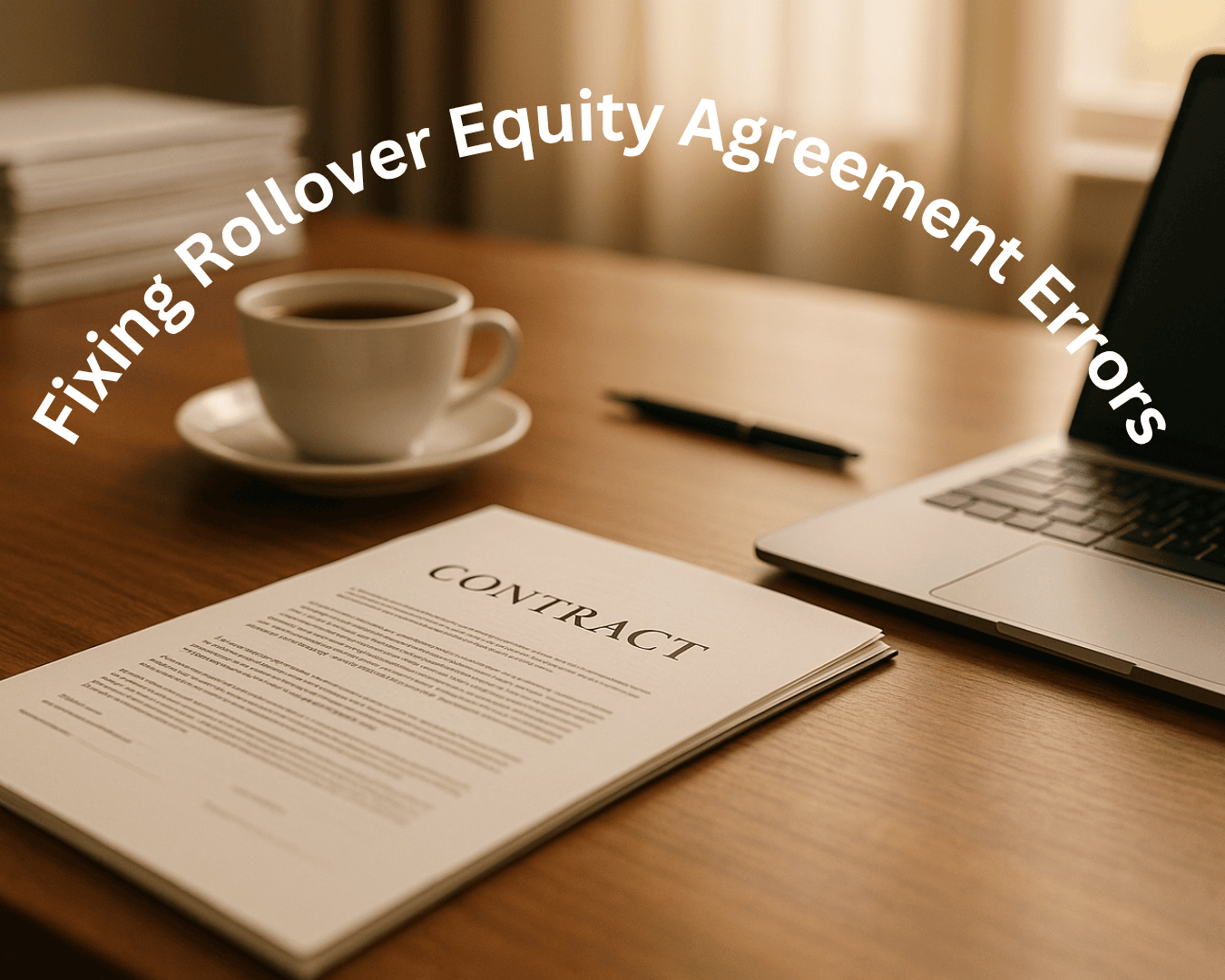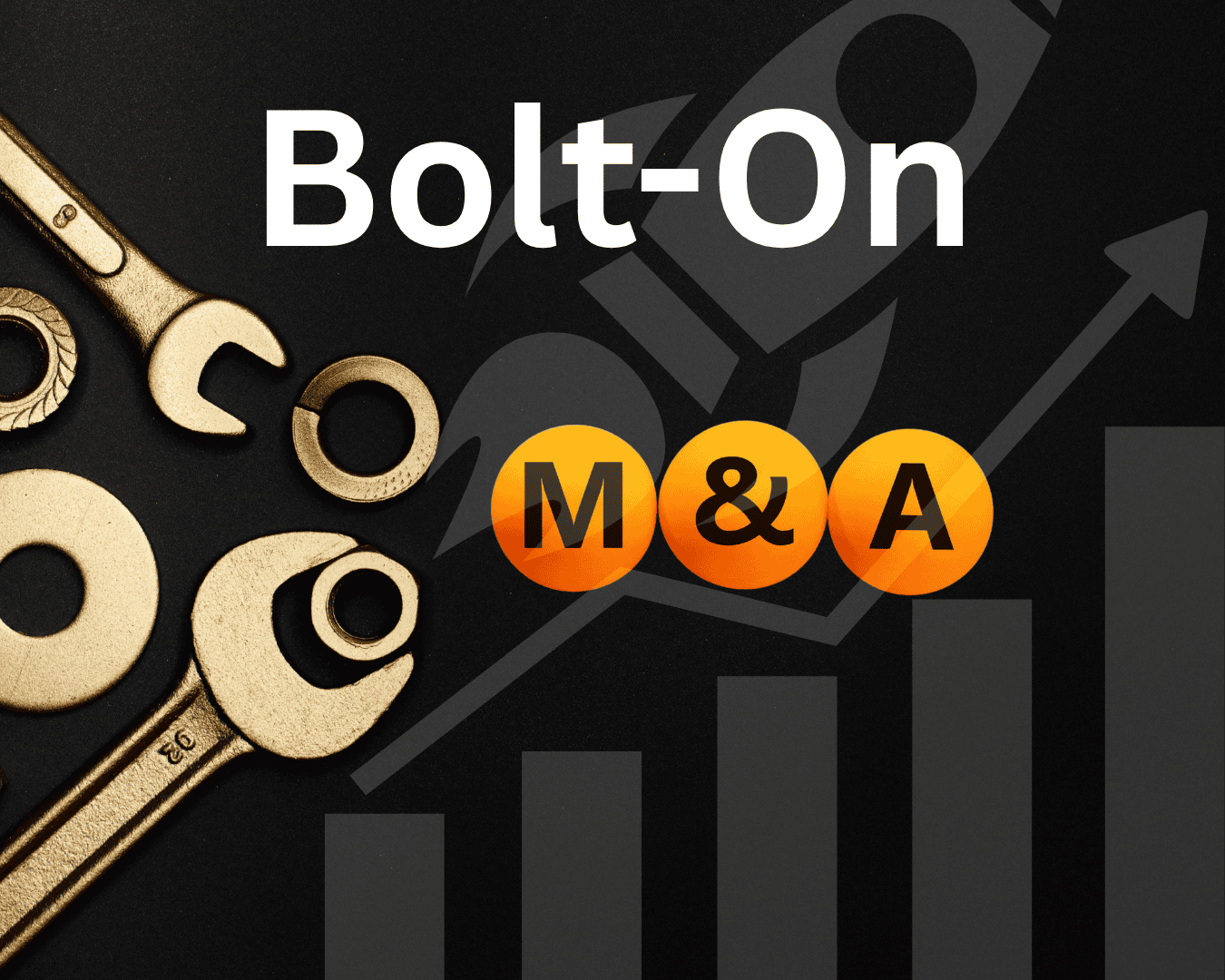Buying a business can be a complex process, but with the right approach, you can avoid costly mistakes and increase your chances of success. Here's a quick breakdown of what you'll need to do:
- Set Clear Goals: Define your industry, business size, financial targets, and operational role.
- Search for Businesses: Use online marketplaces, industry contacts, and screen potential opportunities.
- Perform Due Diligence: Analyze financial records, legal documents, and the business's value.
- Secure Funding: Explore SBA loans, traditional bank loans, seller financing, and more.
- Finalize the Deal: Write a Letter of Intent (LOI), create a Purchase Agreement, and close the deal.
- Plan the Transition: Ensure a smooth handover of operations, relationships, and systems.
Buying an Existing Business Checklist
Step 1: Define Your Purchase Goals
Having clear goals is key to narrowing your search and making smart decisions. Buyers with specific objectives are more likely to find and acquire a business that fits their skills and ambitions.
Outline Your Requirements
Create a profile of the business you're looking for. Think about these factors:
- Industry Focus: Choose industries where you already have experience or see potential. For instance, if you've worked in retail, look for established retail businesses with solid systems in place.
- Business Size: Decide on the size of the business by looking at factors like annual revenue, number of employees, locations, assets, and market presence.
Clarify Your Objectives
Make sure your acquisition goals align with what you want personally and professionally:
- Financial Goals: Define your budget, financing needs, expected ROI timeline, and cash flow requirements.
- Operational Role: Decide how involved you want to be - will you run the business daily, take a semi-passive role, or act as an investor?
- Growth Plans: Determine your approach for the future. Will you focus on improving operations, expanding into new markets, adding products, or restructuring the business?
Evaluate your own skills to ensure they match the needs of the business. Consider your expertise, industry knowledge, management experience, and financial skills. This self-assessment will guide your decisions and help brokers find businesses where you can make a meaningful impact.
Once your goals are clear, you'll be ready to start looking for the right business opportunity.
Step 2: Find Target Businesses
Once your acquisition goals are set, the next step is identifying businesses that align with your objectives.
Search Online Marketplaces
Platforms like BizBuySell.com offer access to over 45,000 business listings [3]. These listings often include financial details, images, and location specifics. Tools like Clearly Acquired make the process easier with features like manaing deal flow, soucring off market deals, underwritting, financing, and buy-side advisory plus verified broker listings and our Investment Fund.
Connect with Industry Contacts
Your network can be a goldmine for uncovering off-market opportunities. Databases like Data Axle and ZoomInfo can help you identify potential targets [6]. Personalize your outreach to highlight possible synergies and build stronger connections.
Screen Business Listings
Evaluate listings based on critical factors:
| Screening Factor | Key Details to Assess |
|---|---|
| Financial Health | Revenue trends, SDE/EBITDA, and gross margins |
| Market Position | Competition, supplier ties, and customer diversity |
| Assets & Operations | Property status, equipment quality, and key staff |
| Sale Motivation | Seller's reasons, timeline, and owner involvement |
Here’s what to focus on:
- Revenue Patterns: Consistent growth or stable performance is ideal. Be cautious of sudden revenue spikes, as they may indicate short-term gains rather than long-term stability [4].
- Competitive Position: Gross margins as a percentage of revenue can reveal the level of competition. Lower margins might suggest a crowded market [5].
- Risk Factors: Watch for warning signs like dependency on a single customer or supplier, which could threaten the business's stability [4].
Once you've narrowed down your options, move on to a thorough due diligence process.
Step 3: Complete Due Diligence
After identifying potential targets, due diligence helps confirm claims and uncover any problems.
Review Financial Records
Analyzing financial documents gives a clear picture of the company's financial health:
| Financial Document | What It Reveals | Key Focus Areas |
|---|---|---|
| Balance Sheet | Assets vs. Liabilities | Debt levels, asset quality, equity position |
| Income Statement | Revenue and Expenses | Profit margins, operating costs, revenue trends |
| Cash Flow Statement | Money Movement | Working capital, operational efficiency, cash reserves |
Look at statements over multiple periods to identify patterns and potential red flags. After that, shift focus to legal documents to spot liabilities.
Check Legal Status
Reviewing legal contracts, licenses, and compliance ensures there are no hidden risks:
- Contracts: Inspect agreements with vendors, lease terms, and employee contracts.
- Licenses: Confirm all required permits and certifications are valid.
- Compliance: Ensure the business meets regulatory standards and has no unresolved violations.
"Business contracts are legally binding. It is crucial that you review a business contract in full before signing it. Once the contract has been signed, you are legally bound to the terms and conditions within it." - Calkins Law Firm [7]
After legal checks, the next step is to determine the business's value with a professional valuation.
Examine Business Value
Engage professional valuation services (typically costing $3,000–$5,000) to confirm the price is reasonable. Common valuation methods include:
| Method | Best Used When | Limitations |
|---|---|---|
| Market Capitalization | For publicly traded companies | Doesn't account for debt |
| Earnings Multiplier | When profits are stable | May not fully reflect future potential |
| Discounted Cash Flow | When growth is predictable | Requires complex calculations |
| Book Value | For asset-heavy businesses | Overlooks intangible assets |
Each method offers unique insights, so consider the business's specific characteristics when choosing the approach.
sbb-itb-a3ef7c1
Step 4: Arrange Funding
Once you've confirmed the business's value, the next step is securing the necessary funding.
Review SBA Loans
SBA 7(a) loans are a popular option, offering amounts up to $5 million with strong government backing. Recent policy changes have made these loans more accessible, reducing the down payment requirement to just 10%.
Updated Down Payment Details:
- Total Down Payment: Previously 20–25%, now 10%
- Buyer's Cash Contribution: Previously 20–25% (entirely from the buyer), now 5% (the other 5% can come from other sources)
Interest rates vary based on the loan amount:
- Under $50,000: Base rate + 6.5%
- $50,001–$250,000: Base rate + 6.0%
- $250,001–$350,000: Base rate + 4.5%
- Over $350,000: Base rate + 3.0%
Compare Funding Options
Explore various financing methods to build a funding strategy that works for you:
- Traditional Bank Loans: Offer lower interest rates but require stricter qualifications and higher down payments (20–25%).
- Online Lenders: Provide faster approvals but often come with higher rates.
- Seller Financing: Demonstrates the seller's confidence in the business but requires negotiation and agreement.
- SBA Loans: Require a smaller down payment and offer longer repayment terms, though the approval process can take time.
Plan for Expenses
It's essential to factor in costs beyond the purchase price to avoid surprises later.
- Initial Expenses: Budget for professional services like business valuations (typically $3,000 to $5,000) and legal or accounting fees.
- Operating Capital: Set aside funds for:
- Inventory replenishment
- At least three months of payroll
- Marketing initiatives
- Equipment updates
- An emergency fund (around 10% of the purchase price)
- Transaction Costs: Include closing costs, transfer fees, and any licensing requirements. Work with an accountant to create a detailed budget.
Once funding is secured and all expenses are accounted for, you'll be ready to move forward with finalizing the purchase.
Step 5: Complete the Purchase
With your funding secured, it's time to formalize the acquisition process.
Write the LOI
The Letter of Intent (LOI) officially states your intention to buy the business. Keep it concise - just 2-3 pages - while maintaining a professional tone. Here's what to include:
- Buyer and seller details: Full legal names and business entities.
- Purchase terms: Proposed price, payment structure, and timeline.
- Due diligence period: The timeframe for completing investigations.
- Confidentiality clause: Protects sensitive information during negotiations.
- Exclusivity period: Prevents the seller from entertaining other offers.
Your LOI should strike a balance between being firm and flexible. This approach can help maintain goodwill while setting clear expectations.
Create the Purchase Agreement
The Purchase Agreement is the backbone of the deal, covering all the crucial terms and protections.
Economic Terms
- Purchase price adjustments
- Earn-out provisions
- Working capital requirements
- Escrow arrangements
Legal Protections
- Representations and warranties
- Indemnification clauses
- Non-compete provisions
- Asset transfer details
For asset purchases, be specific about the following:
| Component | Description | Why It Matters |
|---|---|---|
| Asset List | Detailed inventory of transferred items | Avoids disputes over ownership |
| Liabilities | Obligations being assumed | Clarifies financial responsibilities |
| IP Rights | Patents, trademarks, copyrights | Ensures proper transfer of rights |
Close the Deal
Finalizing the deal requires careful attention to documentation and legal compliance. Key steps include:
-
Primary Documentation
- Complete IRS Form 8594 (Asset Acquisition Statement) to allocate the purchase price across assets for tax purposes.
-
Transfer Documents
- Register vehicle titles, IP rights, and lease agreements with the relevant authorities.
-
Compliance Requirements
- Notify local tax authorities about the sale to comply with bulk sale laws and avoid creditor complications.
- Secure any necessary permits and licenses to ensure uninterrupted operations.
"Business contracts are legally binding. It is crucial that you review a business contract in full before signing it. Once the contract has been signed, you are legally bound to the terms and conditions within it." - Calkins Law Firm [7]
Step 6: Manage the Transition
Once you've finalized the purchase, the next step is ensuring a smooth transition. This phase is crucial for maintaining stability and setting the foundation for long-term success. A well-structured approach can help integrate the new business into your overall strategy with minimal disruption.
Create a Handover Plan
An effective handover plan ensures that critical knowledge and responsibilities are transferred properly. Focus on these core areas:
| Component | Description | Documentation Needed |
|---|---|---|
| Daily Operations | Key processes and workflows | SOPs, training materials, video tutorials |
| Key Relationships | Customer and supplier contacts | Contact lists, account histories, contract terms |
| Access Details | System credentials and permissions | Login details, security protocols, access levels |
| Ongoing Projects | Current initiatives and their progress | Project timelines, milestones, resource allocation |
Make sure the handover process is thoroughly documented. For instance, BASF Nijehaske prepared over 20,000 documents for their integration project using Accruent's solutions [8].
Merge Operations
Integrating operations is essential to maintain customer service quality, align systems, and streamline processes. A great example is Dell's acquisition of EMC, where they consolidated overlapping functions, enhanced cross-selling opportunities, and reduced costs [10].
Focus on these integration priorities:
- Technology Systems: Evaluate existing platforms and create a detailed integration plan.
- Customer Experience: Ensure service quality remains consistent during the transition.
- Employee Communication: Provide clear updates on timelines and expectations.
- Process Optimization: Identify and eliminate redundancies to improve efficiency.
Keep in mind that integration is an ongoing process. Be prepared to adapt to unforeseen challenges and make adjustments as needed.
Evaluate Results
Monitor key metrics to measure the success of your transition:
| Metric Category | Key Indicators | Monitoring Frequency |
|---|---|---|
| Financial Performance | Revenue growth, cost savings, ROI | Monthly |
| Customer Satisfaction | Retention rates, feedback scores | Weekly |
| Operational Efficiency | Production times, delivery speeds | Daily |
| Employee Engagement | Turnover rates, satisfaction surveys | Quarterly |
Take inspiration from Scandinavian Airlines' turnaround in the 1980s. Despite facing a $20 million loss, the company implemented strategic changes and clear communication, ultimately increasing earnings by $80 million [9]. Use such examples to refine your strategies and improve future outcomes.
Conclusion
Acquiring your first business demands thoughtful planning, disciplined execution, and reliable support. By sticking to a structured approach and using proven tools, buyers can greatly improve their chances of success.
Platforms like Clearly Acquired play a big role in simplifying the process: verified listings, and a broad network of advisors, these platforms make navigating the acquisition process much easier [11].
Here are some key factors that can make or break your acquisition:
| Factor | How to Implement | Why It Matters |
|---|---|---|
| Professional Support | Hire lawyers, accountants, and advisors early | Avoids legal and financial pitfalls during due diligence |
| Systematic Approach | Use established acquisition frameworks | Keeps everything on track and raises the chances of closing the deal |
| Resource Utilization | Use platforms and educational tools | Grants access to verified listings and expert advice |
| Integration Planning | Create a detailed transition plan | Maintains operations smoothly after the purchase |
These strategies emphasize the importance of staying organized and methodical throughout the process.
As Clearly ACquired aptly puts it, "acquiring a business takes strong organizational skills and discipline". From the first search to the final integration, staying focused is crucial.
To maximize your chances of success, build strong broker relationships, explore all available opportunities, and keep negotiations confidential [1]. Remember, the work doesn’t stop at the purchase - a clear integration plan is essential for ensuring a seamless transition and setting the stage for long-term growth [12].


.png)





























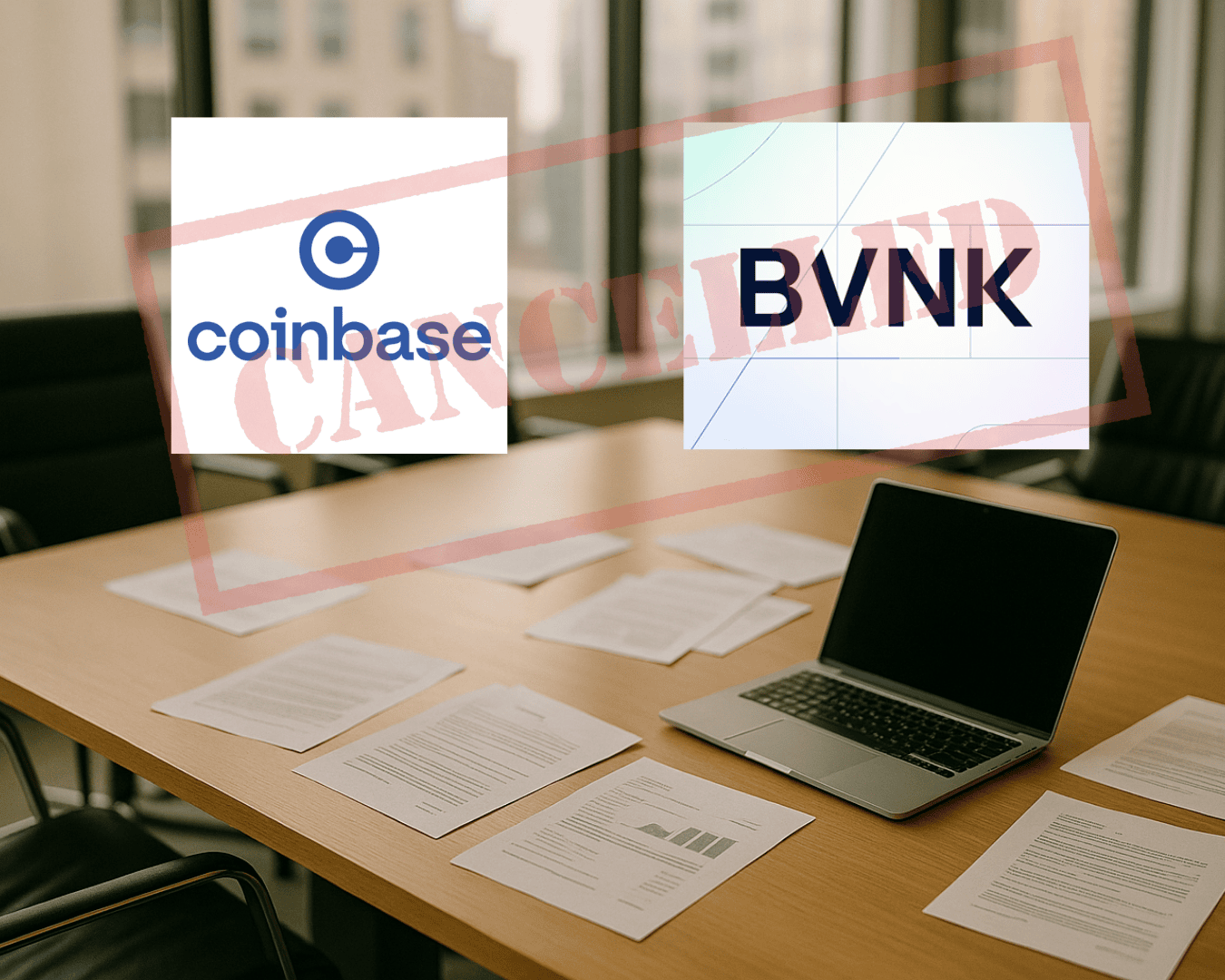









.png)




























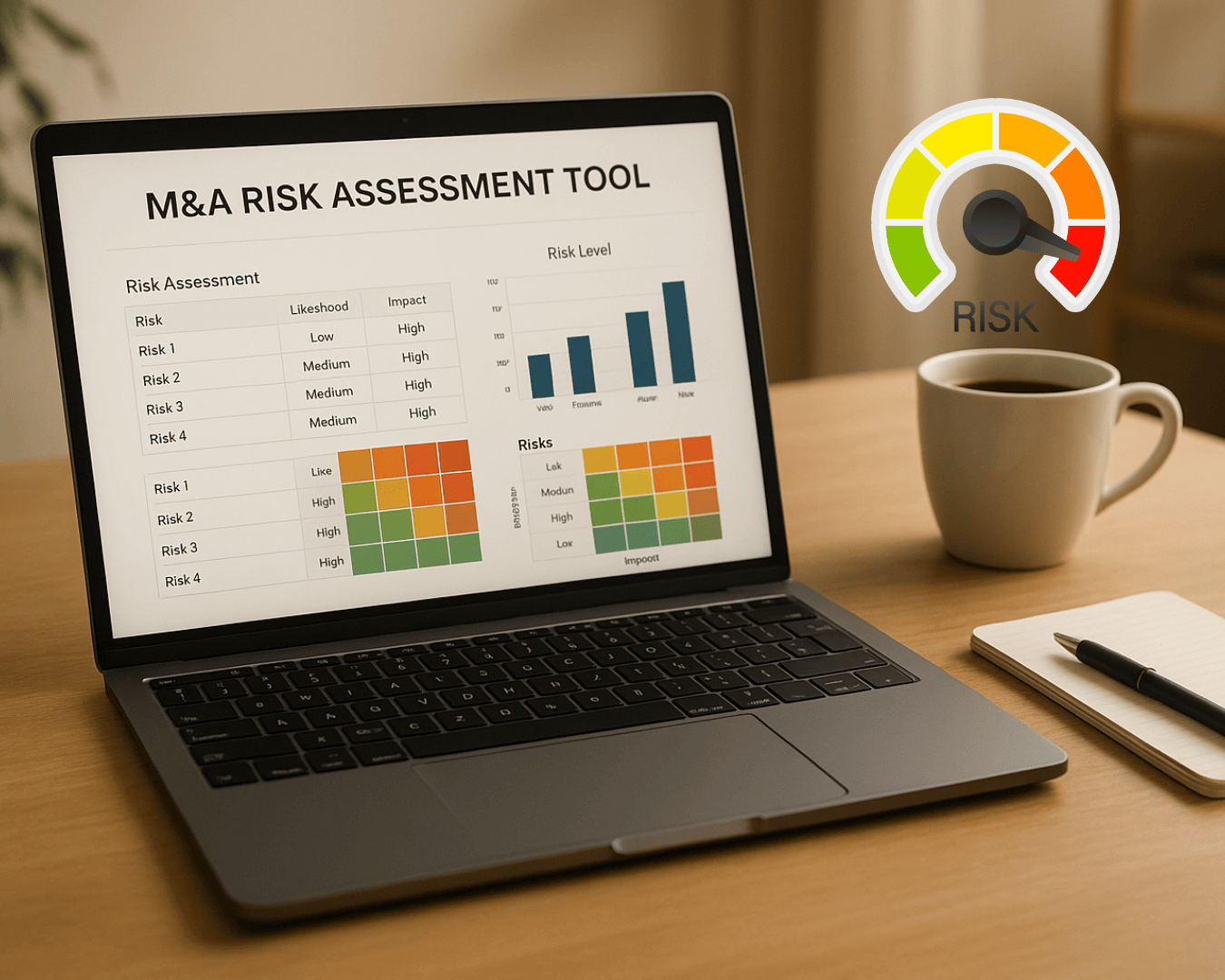

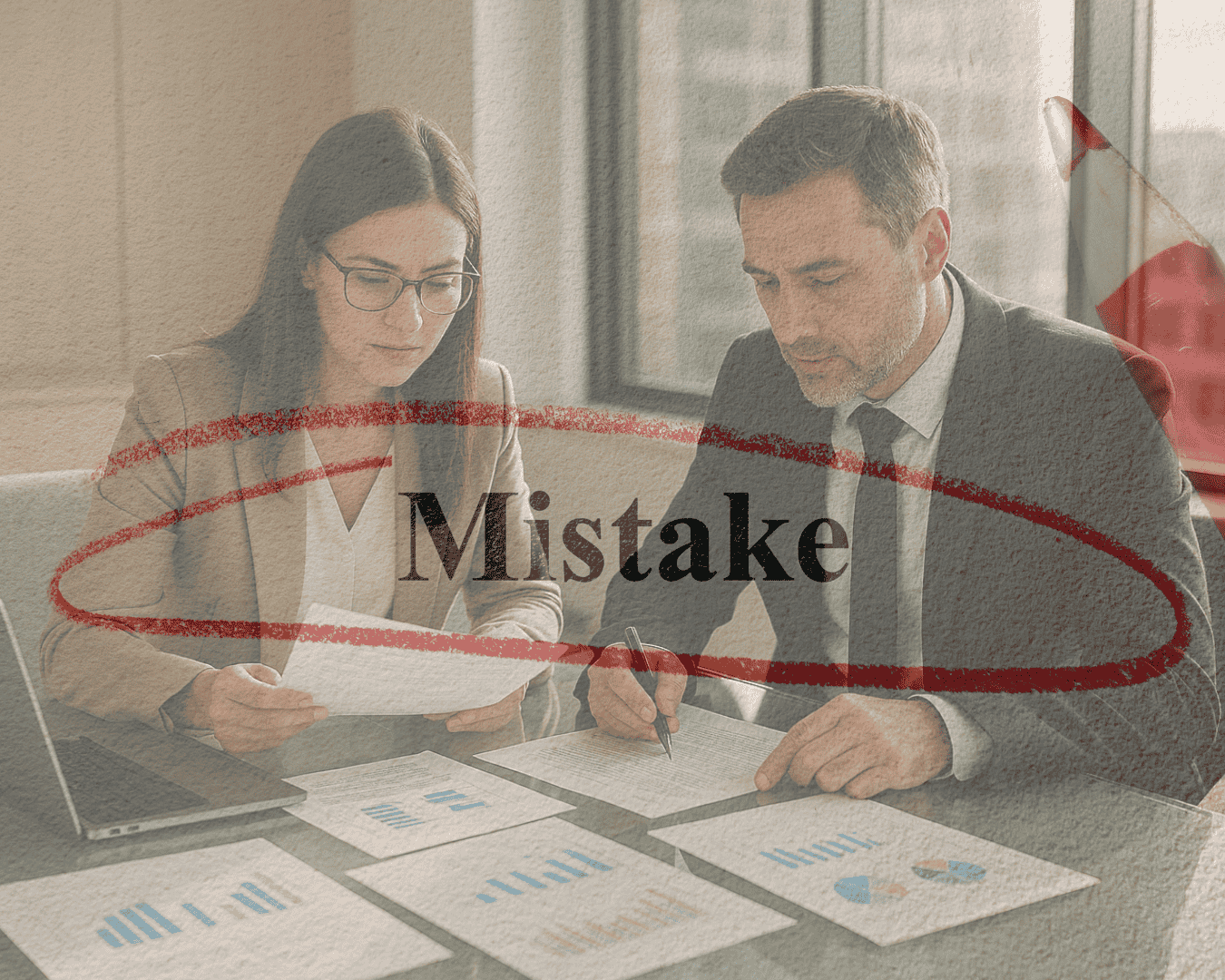
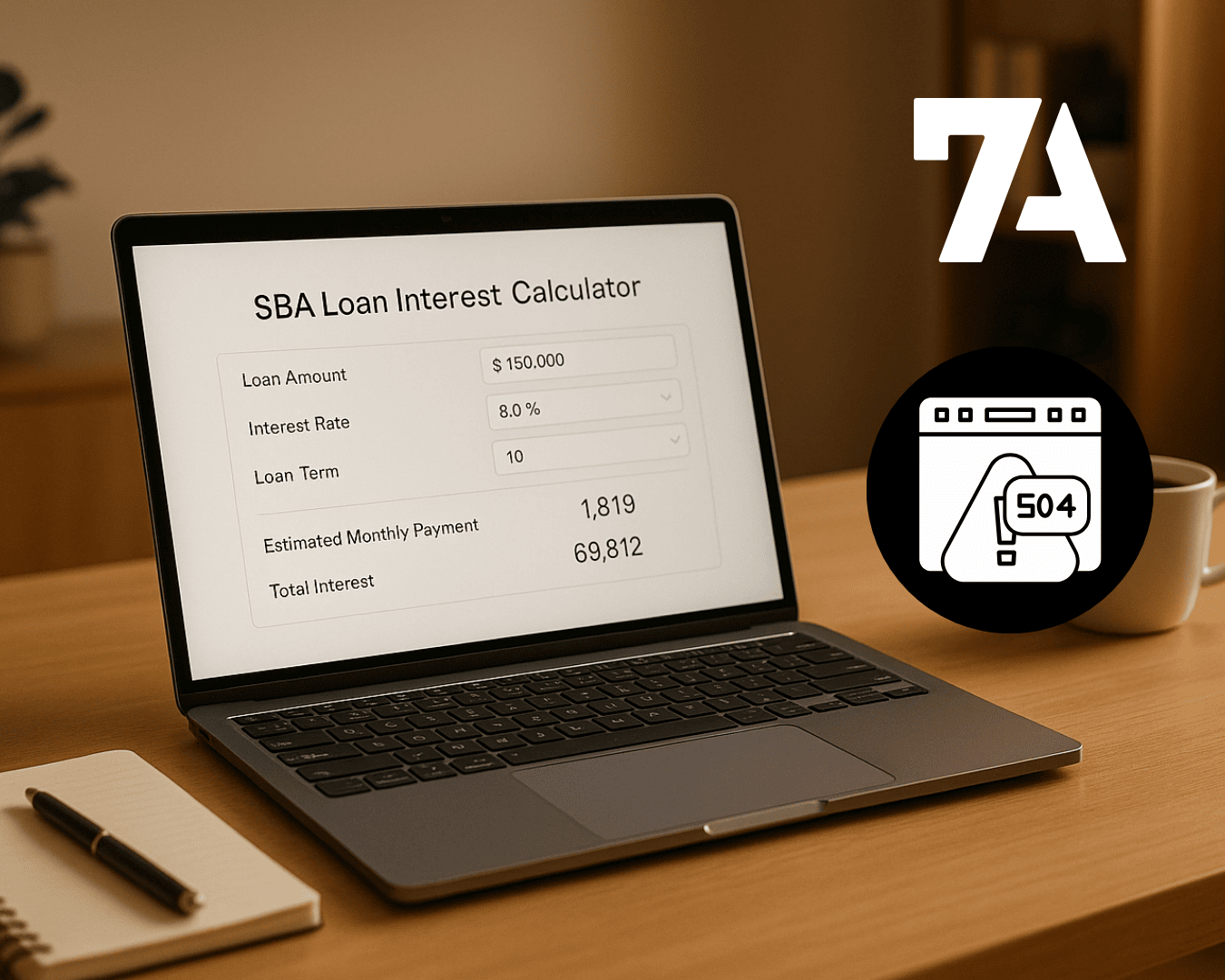








%20Loan%20Application%20Checklist.png)
